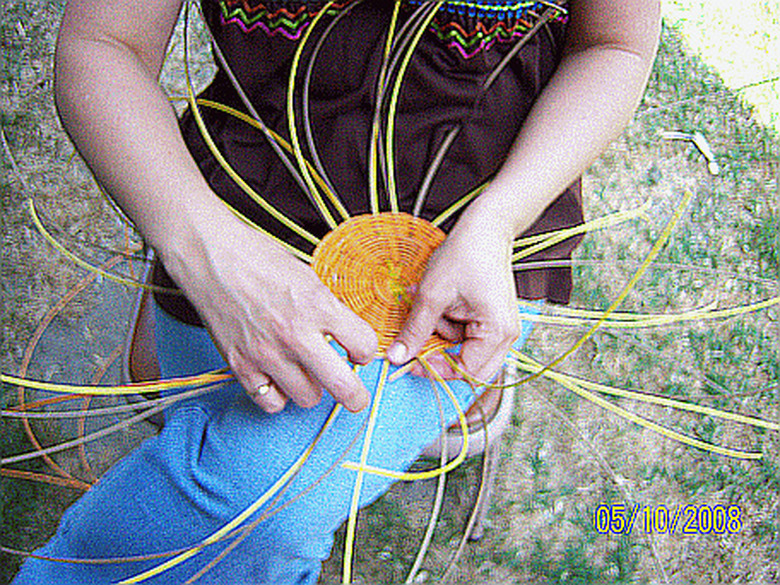How To Grow Sweetgrass
Things Needed
- Pots
- Soil
- Spade
- Fertilizer
Tip
For handicrafts such as incense and basket making, hold the base of the plant in one hand while pulling out the grass blades with the other to avoid disturbing the roots. Plant ornamental sweet grass in areas that are too dry or sandy for other plants to thrive.
Warning
Avoid using peat pots or other plantable pots as these dry out the soil too quickly. Never over-water sweet grass as this will kill it.
Sweet grass is grown as ornamental or for its long blades, which are used in basket-weaving and other handicrafts. Native to the Canada and northern North America as well as Europe, sweet grass is commonly grown from nursery-purchased plugs since the seeds are often sterile. Sweet grass has an average lifespan of five years if left unharvested or harvested correctly. Sweet grass requires very little maintenance once established, and fertilizing is optional, depending on how you plan to use your sweet grass.
Step 1
Fill shallow, six-inch-wide plastic pots with standard potting soil. Choose pots with drainage holes in the bottom and a drip tray.
Step 2
Plant plugs in the center of each pot deep enough to over the roots. Plant indoors in early spring eight weeks before the typical last frost date in your area.
- Sweet grass is grown as ornamental or for its long blades, which are used in basket-weaving and other handicrafts.
- Native to the Canada and northern North America as well as Europe, sweet grass is commonly grown from nursery-purchased plugs since the seeds are often sterile.
Step 3
Place the pots in a warm, sunny window. Keep the soil moist but not soaking wet.
Step 4
Transplant outdoors once the sweet grass has filled out and all danger of frost has passed. Choose an area in full sun that has well-draining soil.
Step 5
Weed the bed thoroughly before transplanting and work two to three handfuls of sand per square foot into the soil to improve drainage, if necessary.
Step 6
Space plants one foot apart, ensuring that the root casing is completely beneath the soil. Water lightly after planting.
- Place the pots in a warm, sunny window.
- Weed the bed thoroughly before transplanting and work two to three handfuls of sand per square foot into the soil to improve drainage, if necessary.
Step 7
Fertilize sweet grass only if it is being used as an ornamental and not for handicrafts. Fertilize once in spring and again in mid-summer with general purpose fertilizer or blood and bone meal.
